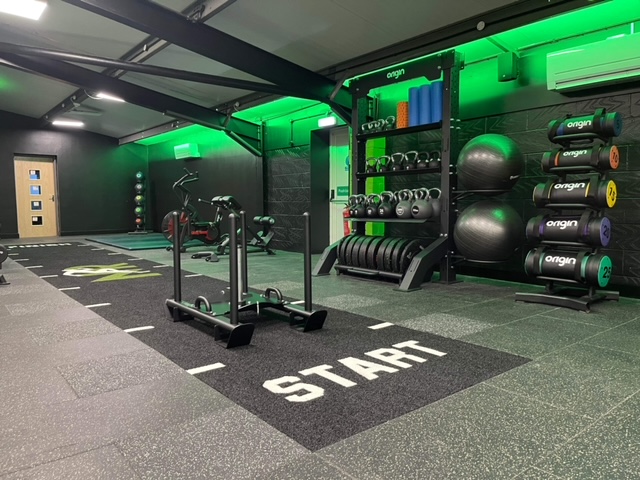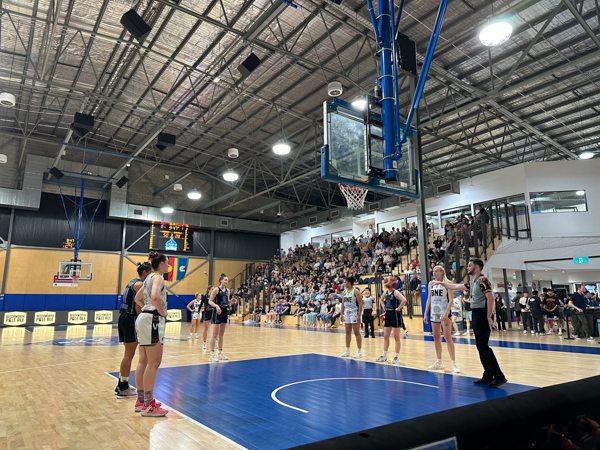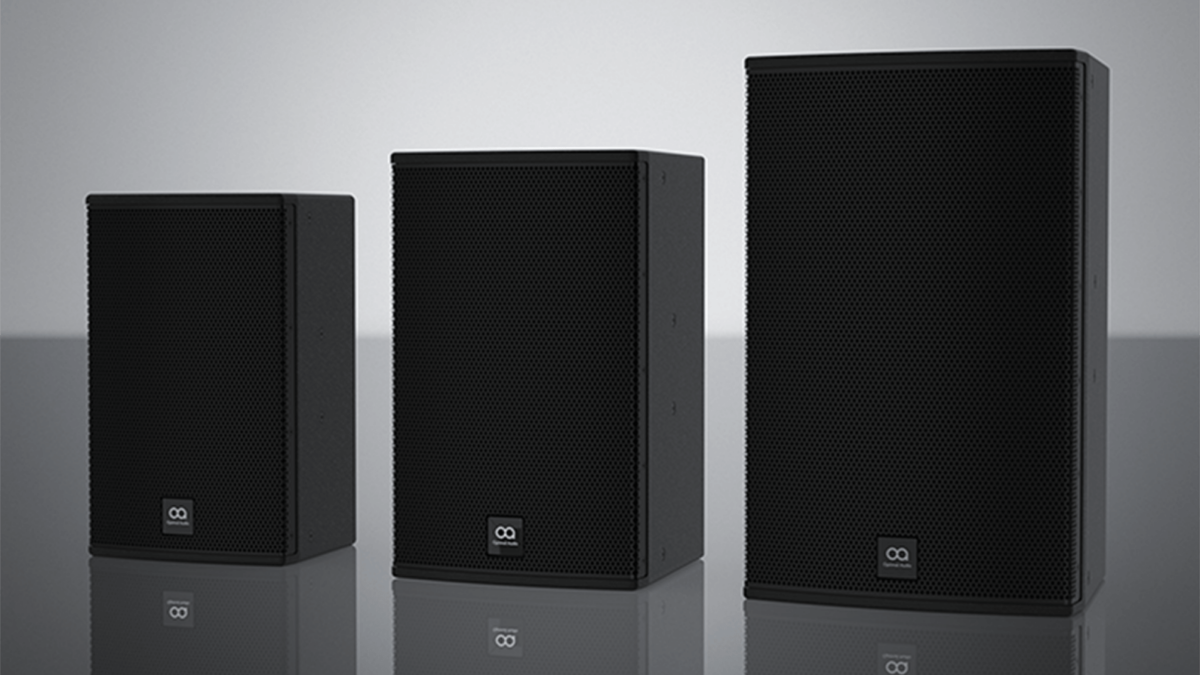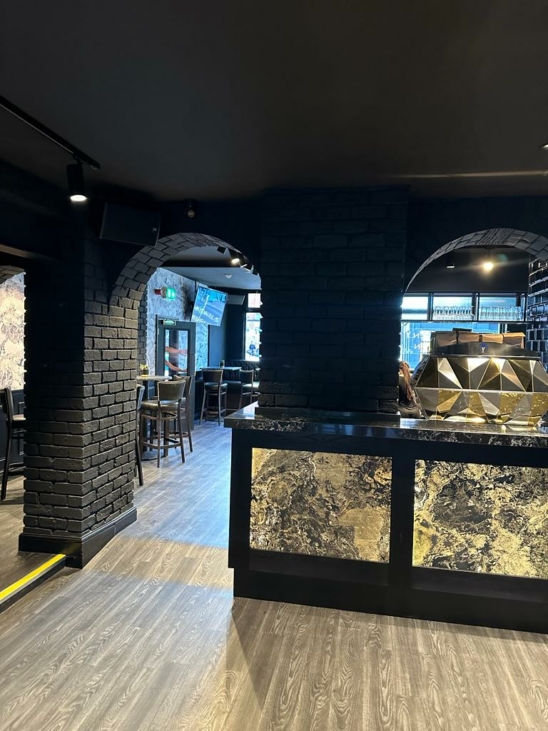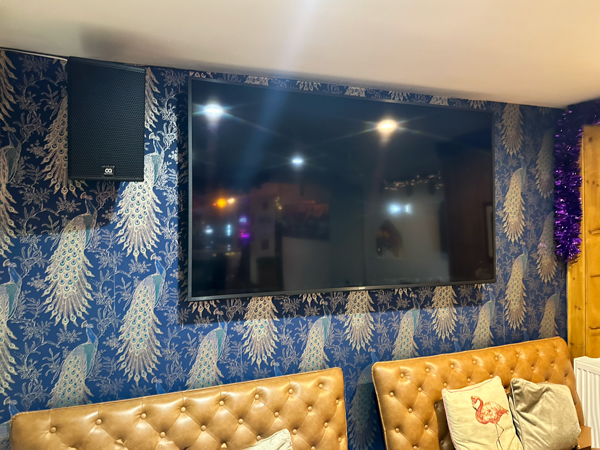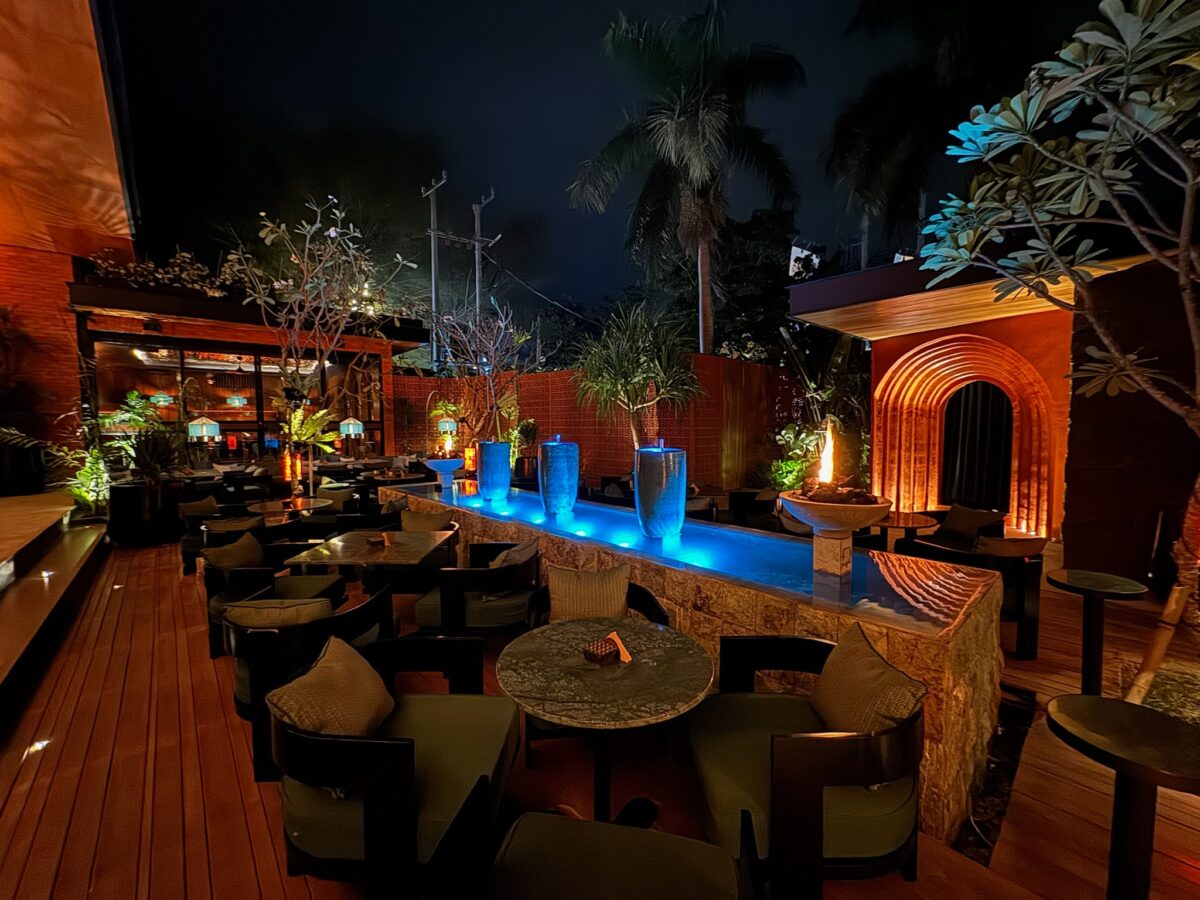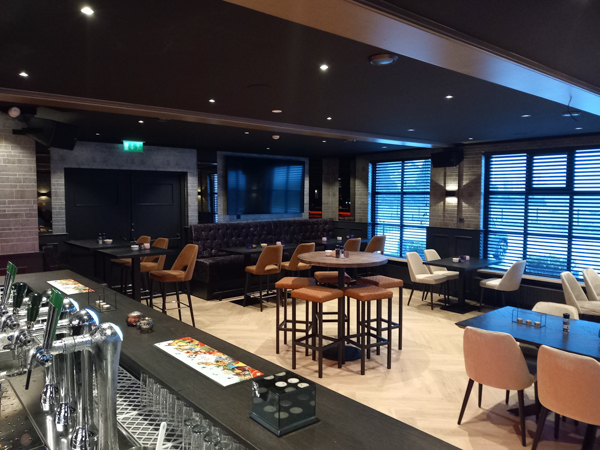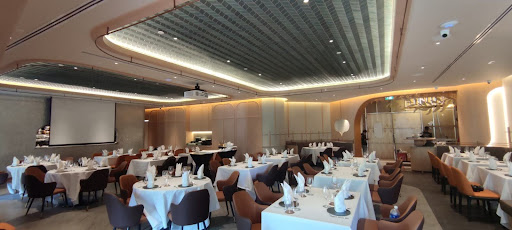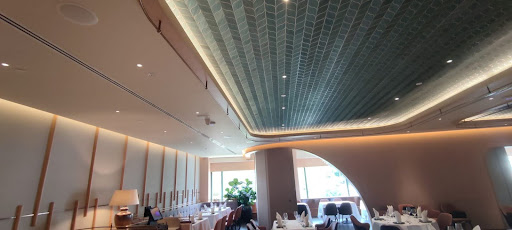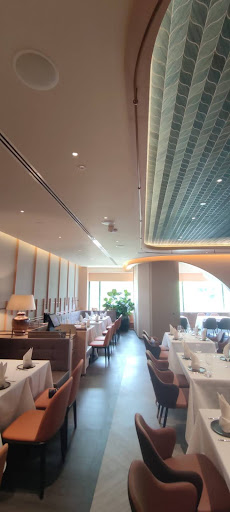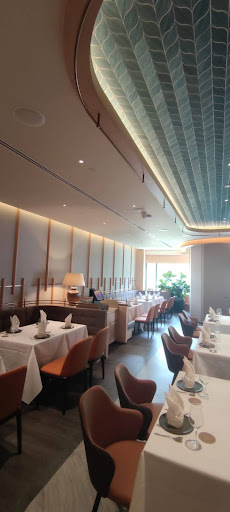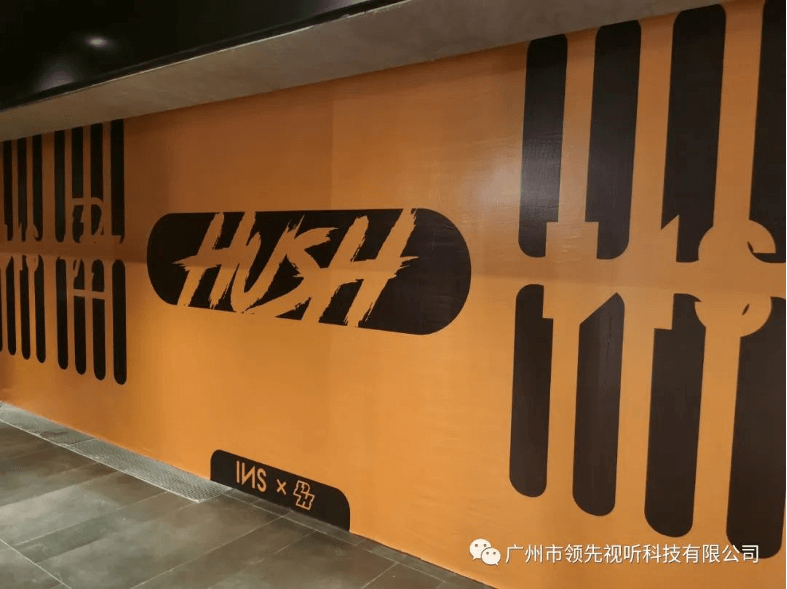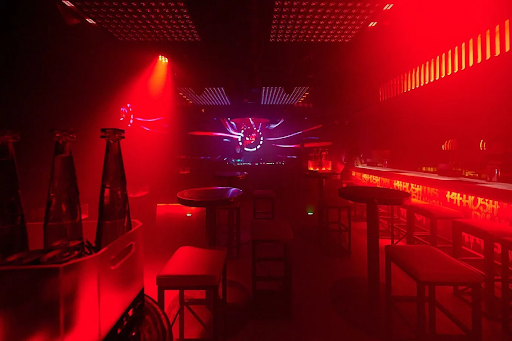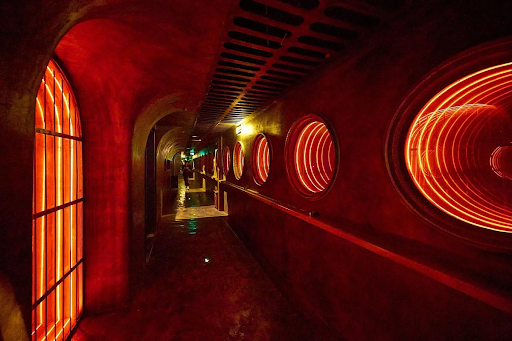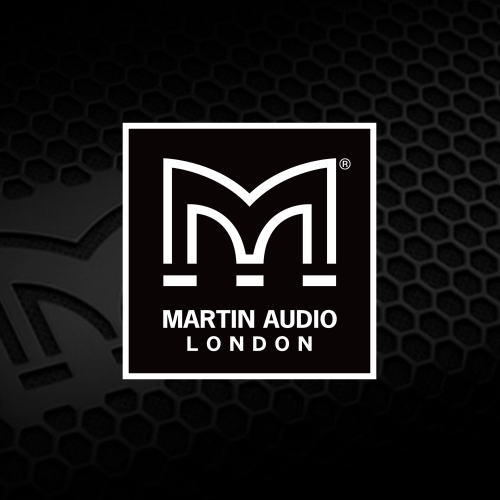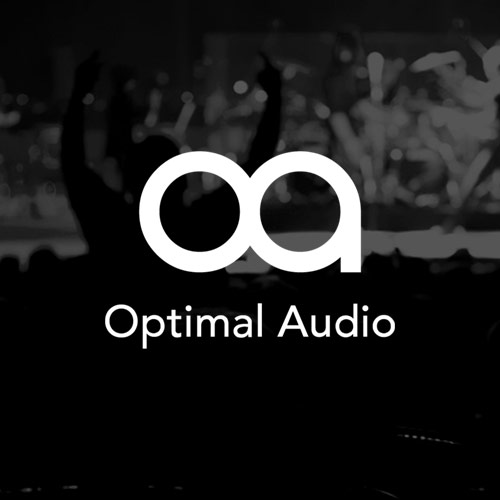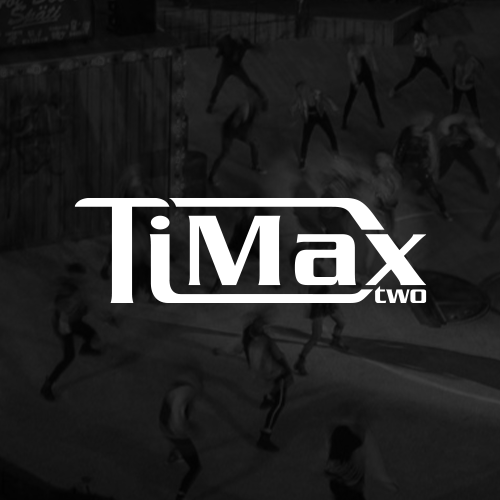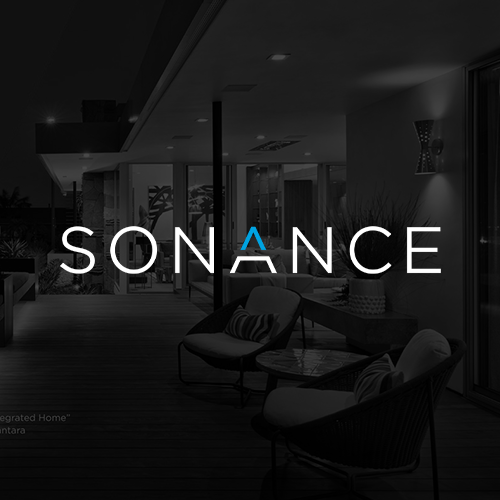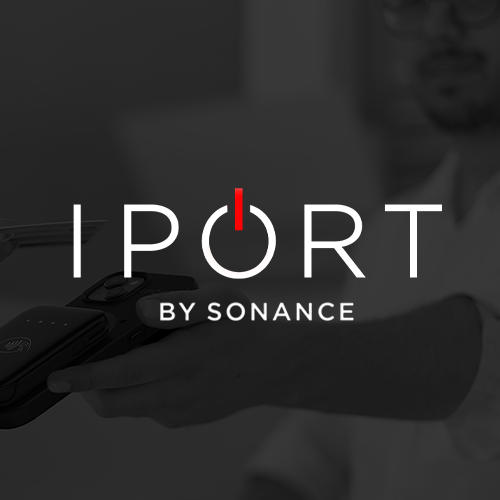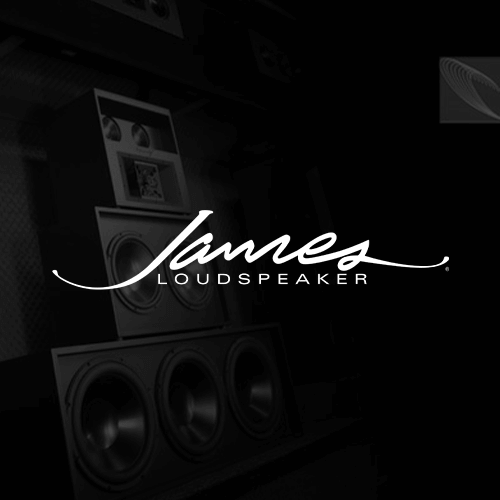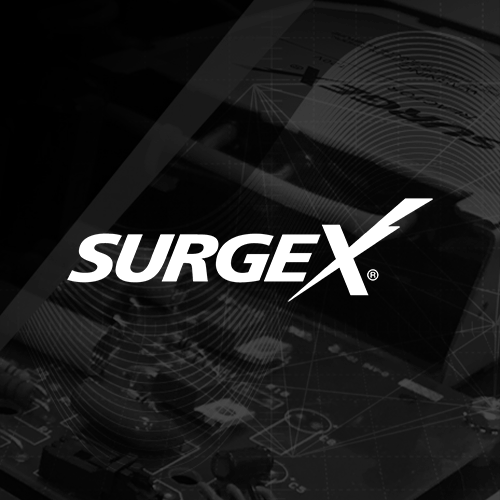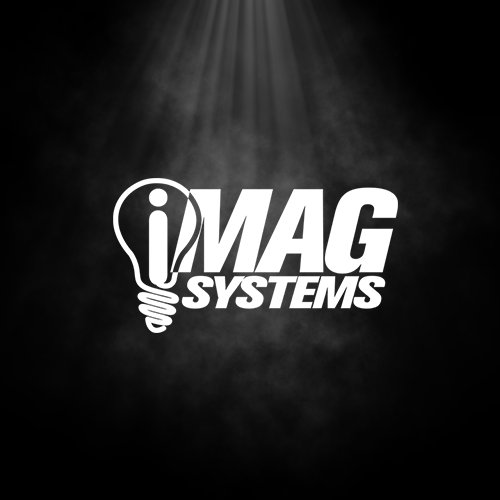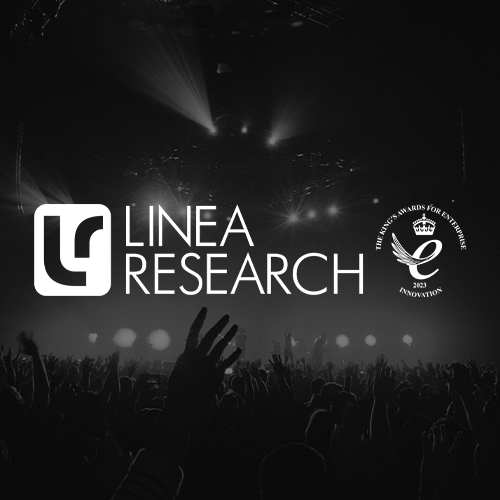UK: With six gym locations across East Anglia, the New Revolution fitness chain offers members 24 hour access and a huge range of classes from spinning to Boxfit and yoga each week. The company’s newest facility in Lowestoft recently underwent a significant renovation and upgrade programme, extending to the gym’s audio system.
Responsible for the AV aspects of the project, Norwich-based Hughes Electrical were tasked with addressing specific concerns with the existing audio offering. Hughes ultimately specified an array of Optimal Audio products to significantly improve performance, as the company’s Karl Topley explains…
“We’ve been working with New Revolution for around five years and as part of our contract review, we asked for feedback on the previous audio system at the Lowestoft venue. With customer expectations growing as far as audio is concerned, New Revolution had regularly received comments that general clarity was poor and that bass levels in particular were lacking.
“With music playing an important role in creating the atmosphere of a fitness space, it was clear that these were critical issues that needed addressing with the new system.”
A total of 16 Optimal Audio Cuboid 5 full range, 5” loudspeakers were selected for the final audio solution, chosen for their combination of exceptional sound quality, remarkable bass response and diminutive form factor. Mountable in either landscape or portrait orientation the compact, two-way Cuboid 5 offers flexible, discreet installation options.
In addition to the sonic performance of the new system, ease-of-use and operational flexibility were also a prime consideration.
“The customer raised concerns that the existing system wasn’t particularly easy to use or integrate with other AV components,” Topley says, “so we needed to deliver a much more user-friendly, versatile solution.
“The Optimal Audio Zone 8P controller that sits at the heart of the new system fit the bill perfectly – it’s very flexible in terms of routing and programmability and the WebApp interface is great for simple configuration.”
The Zone 8P’s comprehensive connectivity – featuring mic, multiple stereo line and HDMI inputs for TV and video sound – allows audio content to be sent to eight configurable zones. To complement the Zone 8P’s eight channels of 100w power, Hughes also supplied a four-channel Optimal Audio SmartAmp 30 amplifier with 250w per channel to drive the raft of Cuboid 5 speakers around the facility.
“The customer has been really pleased with the results of the project at New Revolution,” confirms Topley. “They now have a system that meets all their requirements in terms of audio performance and day-to-day usability – and one that Optimal Audio allowed us to deliver in line with their budget.
“The new system reflects New Revolutions’s brand values by delivering really high-quality audio for gym-goers and it’s been a great project to be part of.”
New Revolution’s Lowestoft Club Manager Dan Andrews commented that, “previously we’d really struggled to create the atmosphere we wanted for our members, the old system was just not working the way we wanted. Since having the Optimal Audio system things have completely changed!
“It’s easy to use and the sound quality of the speakers helps to create just the ambience we were looking for. We’re also looking to introduce the use of the Zone 4’s routines so the volume can be automatically changed over time, with the system quieter in the day and louder in the evening. And I have to say my favourite thing is WebApp – being able to change the volume from a device while walking around the gym makes everything really easy to control.”
Click here for original article

